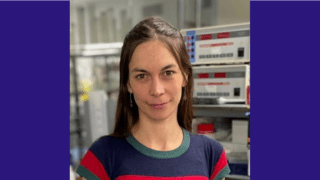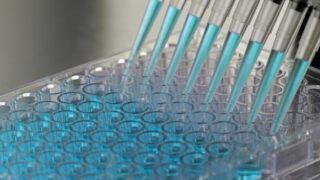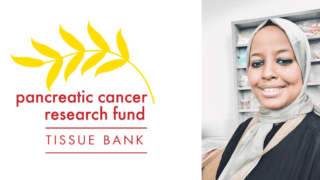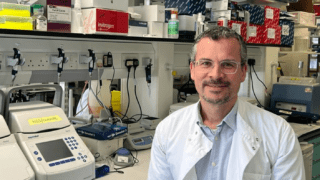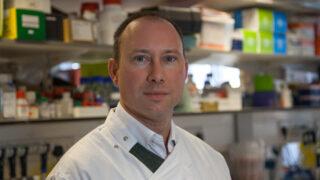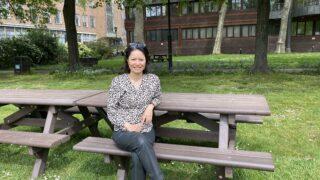Category: Interviews
Search News
Categories
Archives
Introducing Dr Özgen Deniz
21st December 2022
We are pleased to welcome Dr Özgen Deniz to Barts Cancer Institute (BCI) at Queen Mary University of London as a Lecturer and Group Leader. After receiving a Cancer Research UK Career Development Fellowship, Dr Deniz is establishing her own independent research group in BCI’s Centre for Haemato-Oncology.
Read moreResearch on the use of urine biomarkers for early detection of pancreatic cancer
28th November 2022
Professor Tatjana Crnogorac-Jurcevic and her team at Barts Cancer Institute, Queen Mary University of London, are working to identify biological clues or ‘biomarkers’ for early, non-invasive detection of pancreatic cancer in urine samples. In their most recent paper, published in the International Journal of Cancer, the team reported that a urine biomarker panel could detect pancreatic ductal adenocarcinoma, the most common type of pancreatic cancer, up to 2 years before clinical diagnosis.
Read moreCelebrating a New Milestone at the PCRF Tissue Bank
29th September 2022
Recently, the PCRF Tissue Bank registered its 1,000th tissue donor, reaching a new milestone. We spoke with Amina Saad, who is responsible for over 660 donor registrations, including the Tissue Bank’s 1,000th registration, about her role as a Tissue Collection Officer within the Tissue Bank team.
Read moreIn conversation with Professor Marco Gerlinger
20th May 2022
This International Clinical Trials Day, we spoke with Professor Marco Gerlinger. Professor Gerlinger and his team’s laboratory research focuses on understanding and overcoming drug resistance in bowel and gastro-oesophageal cancers, and identifying new and more effective ways to treat these cancers using immunotherapies and combination therapies.
Read moreInvestigating new treatment targets for lymphoma, and beyond
5th May 2022
We spoke with Dr John Riches, Clinical Senior Lecturer in the Centre for Haemato-Oncology at Barts Cancer Institute, Queen Mary University of London, about his team’s recent publication, which describes a new potential treatment target for a subset of lymphomas.
Read moreIntroducing Dr Diu Nguyen
29th April 2022
We would like to wish a very warm welcome to Dr Diu Nguyen who has recently joined the Barts Cancer Institute, Queen Mary University of London as a Lecturer and Group Leader. Dr Nguyen joins us from the Memorial Sloan Kettering Cancer Center in New York, USA, where she completed her postdoctoral training investigating the role of post-transcriptional regulation in normal and malignant cancer stem cells.
Read more
